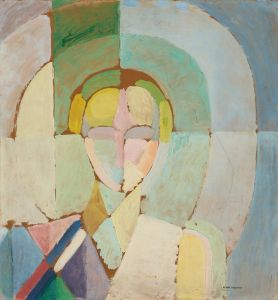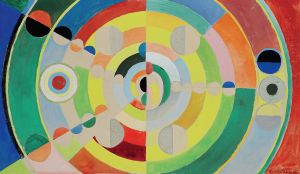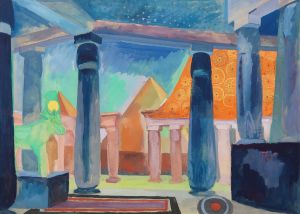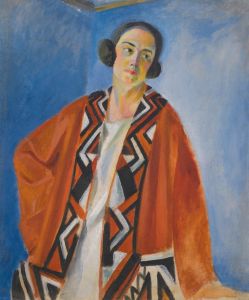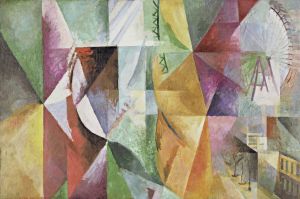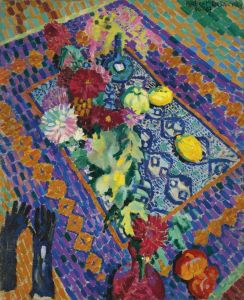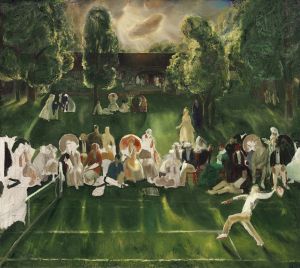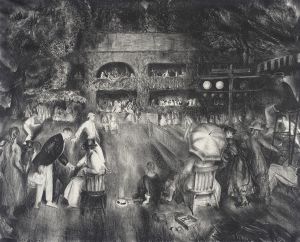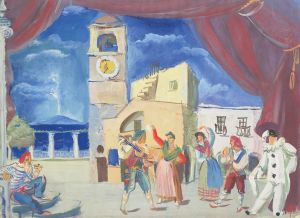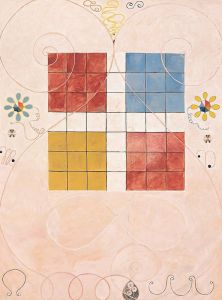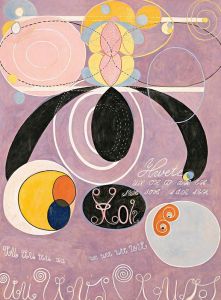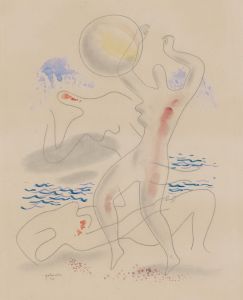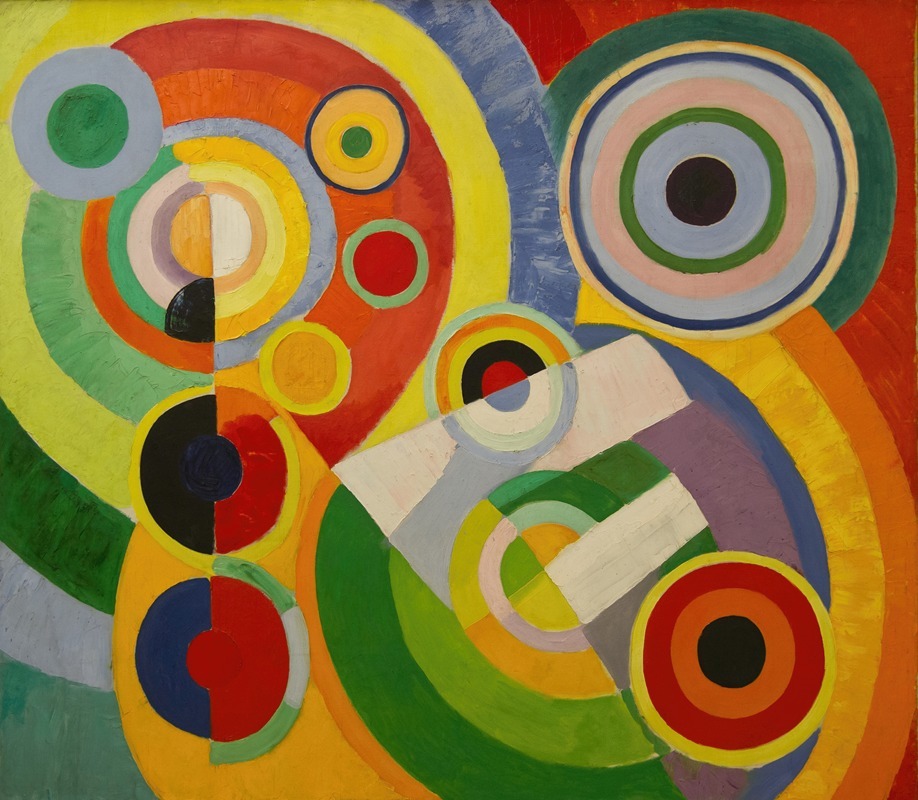
Rythme, Joie de vivre
A hand-painted replica of Robert Delaunay’s masterpiece Rythme, Joie de vivre, meticulously crafted by professional artists to capture the true essence of the original. Each piece is created with museum-quality canvas and rare mineral pigments, carefully painted by experienced artists with delicate brushstrokes and rich, layered colors to perfectly recreate the texture of the original artwork. Unlike machine-printed reproductions, this hand-painted version brings the painting to life, infused with the artist’s emotions and skill in every stroke. Whether for personal collection or home decoration, it instantly elevates the artistic atmosphere of any space.
"Rythme, Joie de vivre" is a painting by the French artist Robert Delaunay, a prominent figure in the early 20th-century art movement known as Orphism. This movement is characterized by its use of vibrant color and abstract forms, aiming to convey a sense of musical rhythm and harmony. Delaunay, along with his wife Sonia Delaunay, was instrumental in developing this style, which sought to move beyond the representational constraints of Cubism by emphasizing color and light.
Robert Delaunay was born in Paris in 1885 and became a key figure in the avant-garde art scene. His work is known for its bold use of color and innovative approach to form and composition. Delaunay's interest in color theory and the dynamic interplay of colors is evident in "Rythme, Joie de vivre," which translates to "Rhythm, Joy of Life." This painting exemplifies his exploration of how color and form can evoke emotion and movement, creating a visual experience akin to the sensations produced by music.
"Rythme, Joie de vivre" is part of a series of works that Delaunay created during the 1930s, a period when he revisited and expanded upon the themes of rhythm and movement that had preoccupied him earlier in his career. The painting is characterized by its circular forms and vibrant palette, which create a sense of dynamism and energy. The composition is non-representational, focusing instead on the interplay of colors and shapes to evoke a feeling of joy and vitality.
Delaunay's work during this period was influenced by his interest in simultaneity, a concept he explored in collaboration with Sonia Delaunay. Simultaneity refers to the idea of multiple elements existing in harmony, much like the simultaneous notes in a musical chord. In "Rythme, Joie de vivre," this concept is expressed through the overlapping circles and the juxtaposition of complementary colors, which create a sense of depth and movement.
The painting reflects Delaunay's belief in the power of color to transcend the limitations of form and to communicate directly with the viewer's emotions. His use of bold, contrasting colors and dynamic compositions was intended to create a sense of immediacy and presence, drawing the viewer into the work and allowing them to experience the joy and vitality that the title suggests.
"Rythme, Joie de vivre" is an important example of Delaunay's mature style and his contribution to the development of abstract art. His work had a significant impact on later movements, including Abstract Expressionism and Color Field painting, and continues to be celebrated for its innovative approach to color and form.
The painting is housed in the collection of the Musée National d'Art Moderne in Paris, where it is part of a broader collection of works by Delaunay and other artists associated with the Orphism movement. It remains a testament to Delaunay's vision of art as a means of expressing the fundamental rhythms and harmonies of life, capturing the essence of joy and movement through the language of color.





